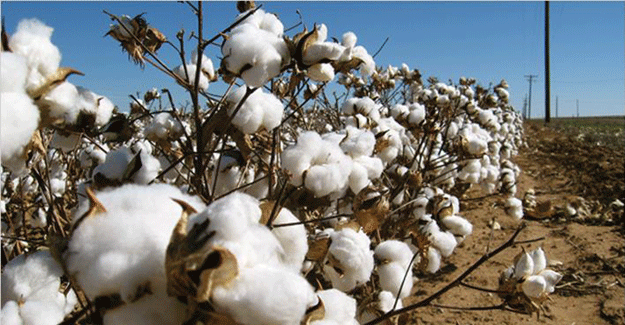
Big Opportunity For Indian Cotton In China
The world cotton market is turning interesting. There is good news for growers as fundamentals are set to tighten. While world production (26.0 million tonnes) in 2018-19 is set to fall short of estimated consumption demand (27.6 million tonnnes) by a good margin, burdensome stocks that weighed on market sentiment are set to decline to levels not seen in six years.
Like in many commodities, China is the mover and shaker of the market in cotton too. The Asian major is the world's second largest producer while also being the largest importer and consumer of the fibre. Stocks in China are set to decline to a multi-year low of 6.6 million tonnes after years of destocking to reduce inventory burden. The move is seen as a signal that China will return to the market this year as a significant buyer. The ongoing trade dispute between the US and China makes the situation rather interesting. Since July, China has been levying a punitive tariff of 25% on import of US origin cotton. This opens an avenue for others to service the humongous Chinese market.
Brazil set to benefit
Brazil may turn out to be the principal beneficiary of the ongoing trade spat. Brazil expects cotton exports to soar by a fifth to 1.2 million tonnes in 2018-19, which can make it the world's second largest exporter after the US, relegating India to the third spot.
Where is the opportunity for India? Despite earlier expectation of a sharp fall in cotton acreage, the Agriculture Ministry's latest data show the planted area at 12.24 million hectares this year, marginally below last year's 12.43 million ha. However, there are doubts over the first advance estimate of the ministry, which places cotton output at 32.5 million bales versus the target of 35.5 million bales and below last year's 34.9 million bales. Private estimates place the current season's output higher, and close to the target.
In the event, India will have a clear surplus of about 6 million bales, equivalent to about one million tonnes. Fortuitously, the rupee has depreciated steeply in recent weeks. This lends a competitive edge to Indian cotton. The attempt should be to maximise cotton export in the coming months, especially targeting China and, of course, Bangladesh.
Farmers stand to gain
Tightening fundamentals in the world market would also mean a tendency for prices to remain firm. Any increase in the export price is sure to trickle down to growers.
India has a negative trade balance with China; and this year, cotton presents an opportunity to narrow the trade gap. The Commerce Ministry must actively support efforts to maximise cotton exports in the months ahead. The OECD-FAO Outlook for cotton projects that India will remain the world's largest producer of the natural fibre over the next ten years even as we become the world's largest for mill consumption.
This projection means that our production efforts must continue in a manner that domestic mill demand is fully met and a genuine export surplus is generated. This is particularly important given the fragility of our agriculture. So, the government must focus attention on policies that encourage an increase in productivity and production. Technology fatigue, if any, may become a big challenge. Given the sector's employment and income generating potential along the value chain, it is important that cotton receives policy support, technology support and investment support so as to enhance stakeholder value.
Textile Excellence
If you wish to Subscribe to Textile Excellence Print Edition, kindly fill in the below form and we shall get back to you with details.








